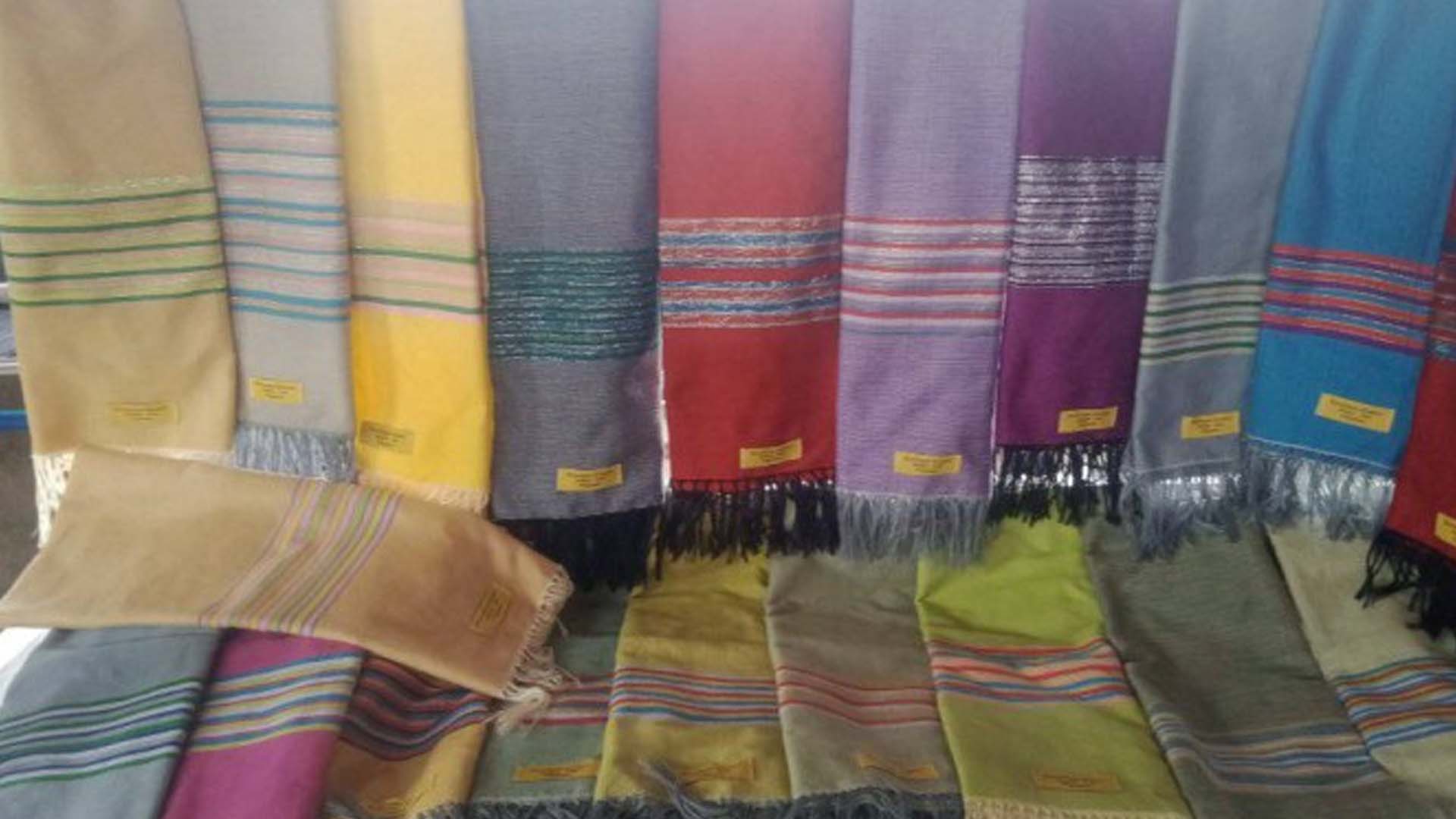The Department of Trade and Industry in Iloilo advocates the optimal use of hablon (handwoven textiles) for more affordable products as it also continuously looks for ways to improve the assistance extended to the weaving industry.
“We really want to promote that because we are proud of our hablon. Region 6 (Western Visayas) is something to reckon with when it comes to weaving, and at the same time the fabrics that we have here,” DTI Iloilo provincial director Dinda Tamayo said in an interview on Monday.
Tamayo said hablon is highlighted during trade fairs giving it an image as a high-end fabric, but the DTI also uses the material in their uniforms, token, and lei, among others.
During DTI’s launching of the Regional Inclusive Innovation Center (RIIC) last June 8, DTI Secretary Alfredo Pascual challenged the department to go beyond the production of specialty garments and look into innovations to have the hablon product mass-produced and be more affordable to the general public.
Iloilo province has 197 weavers and 22 weaving centers, with four having shared service facilities as per data provided by the DTI regional office.
Tamayo said they continue to advocate for the utilization of the four shared services facilities (SSF) –two in the municipality of Miagao and one each in Calinog and Oton in Iloilo province, in producing woven materials and for the creation of more products.
Weavers can earn more if the hablon is made of cotton but amid the high demand, the production of this woven material made of cotton is hampered due to lack of this raw material.
Hablon is made using natural fibers such as abaca, piña, and cotton.
“We try to consider investment generation for those who are willing to plant cotton,” Tamayo said.
Punong Barangay Marlon Niones of Barangay Baraclayan in Miagao, whose weavers association is a recipient of the SSF, said that to respond to the challenge, they need more handlooms and training.
Currently, they have 13 handlooms and 28 weavers.
The cotton plantation in their area is around seven hectares but the production could not even reach one ton.
They produce patadyong (wraparound garment), shawls, barong, handkerchiefs, placemats, and table runners, among others, out of their handwoven fabric.
He admitted that hablon fabric becomes expensive because of the raw materials.
Niones recommended that DTI and the Department of Agriculture collaborate to produce more raw materials.
“The hablon that we produced is very (much) in demand in the market,” he said in a previous interview. (PNA)




















